6 location and transformation worksheets linked to the Australian Curriculum.
This teaching resource could be used in a variety of ways when teaching location and transformation. Some suggestions include:
- pre- and post-testing
- independent classwork
- revision
- homework.
This teaching resource pack includes worksheets addressing the following concepts:
- position, direction and simple maps
- slides and flips
- quarter and half turns.
Answer sheets are also provided.
Download options include:
- the year level displayed at the top of the sheet
- no year level displayed at the top of the sheet to use for differentiation.

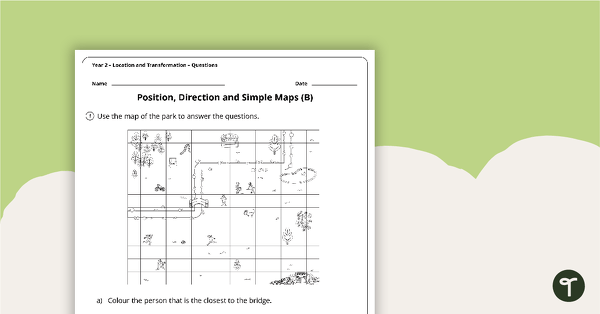
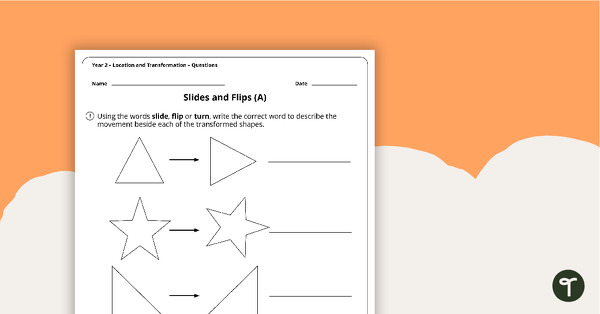


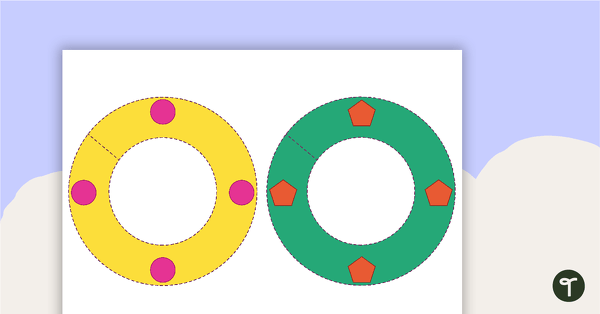
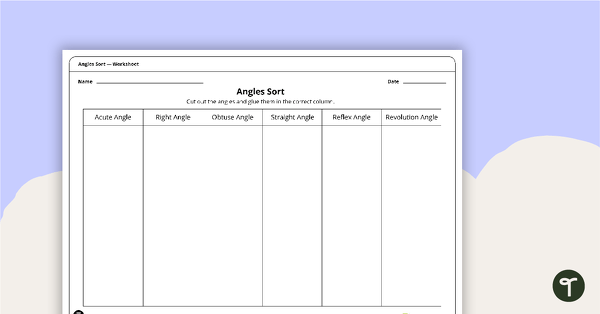
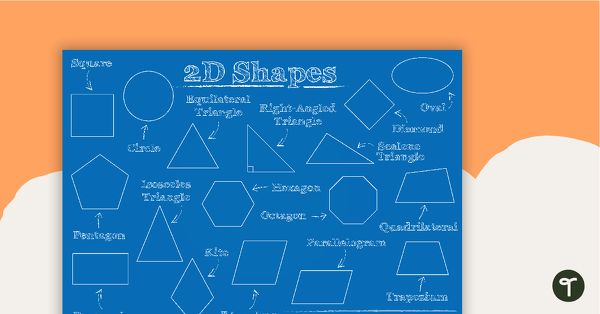
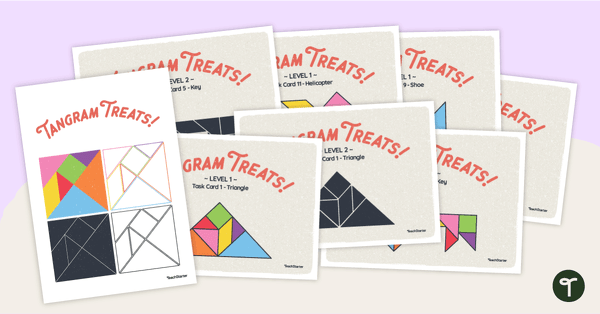
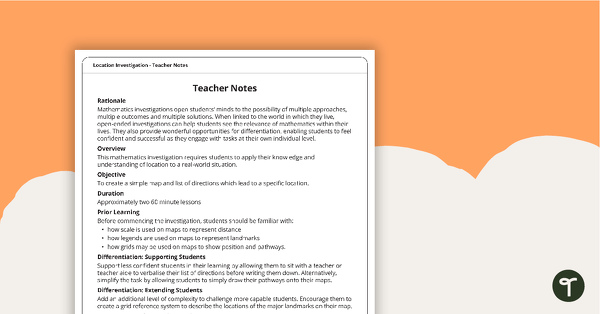
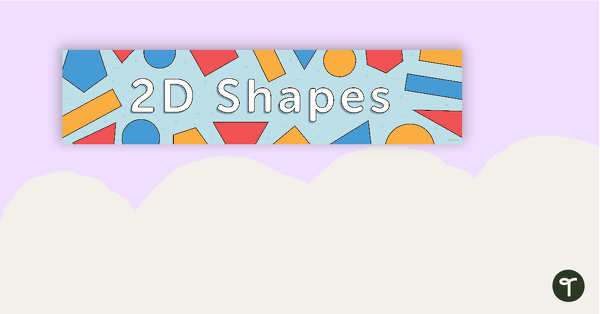
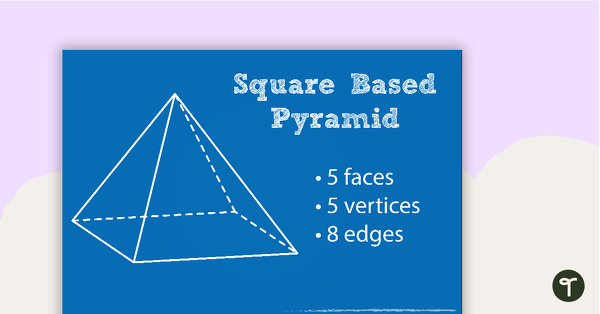
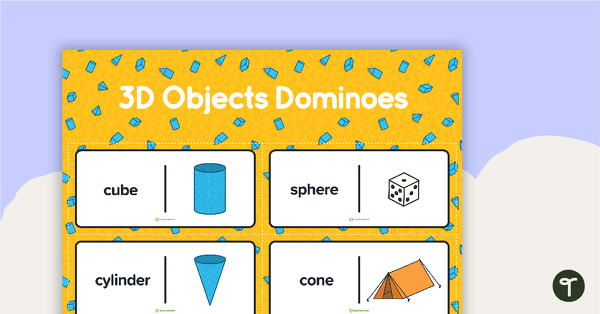
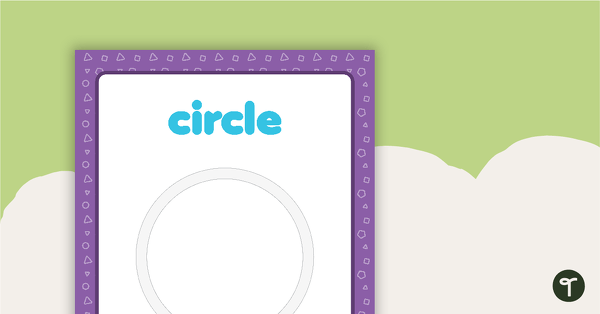
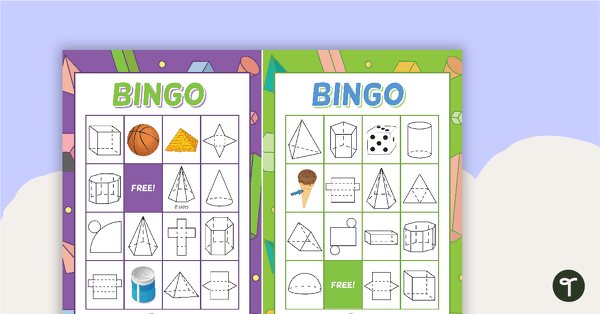
I love the variety to practice Transformation. Thank you.
Hi Zuriette It's our pleasure to provide you with resources like this! So glad you like it. Cheers Janeen
Thank you for getting back to me. The worksheets are great!
Hi there, As there are parts A and B to these worksheets, would you suggest an idea would be to give the children part A as an initial diagnostic (pre-test) and part B as the post test? Thank you.
Hi Sarah, Thank you for your comment. Yes, these worksheets are perfect to use as pre and post-tests! We have designed them so the question types are similar for A and B, but just a little bit tricker for B. Kind regards Jill